Editors note: Our podcast, Camp Monsters, will launch Tuesday, October 1st 2019 and will be available wherever you get your podcasts.
For hundreds of years, unfamiliar combinations of horns, feathers, teeth and wings have been patrolling the deep wilderness, seeking solitude and sustenance. As the human race continues to expand, explore and wander a little too far from camp, sightings and encounters have become more common. For the safety of our campers and the protection of the monsters, we have compiled a dossier of some of the most frequently encountered monsters in various regions across the United States. Please exercise caution when camping in any of the regions mentioned below.
(Please note that the term “monster” is used in a complimentary capacity, as REI is an equal-opportunity outfitter and does not discriminate based on size, age, number of appendages or world of origin.)
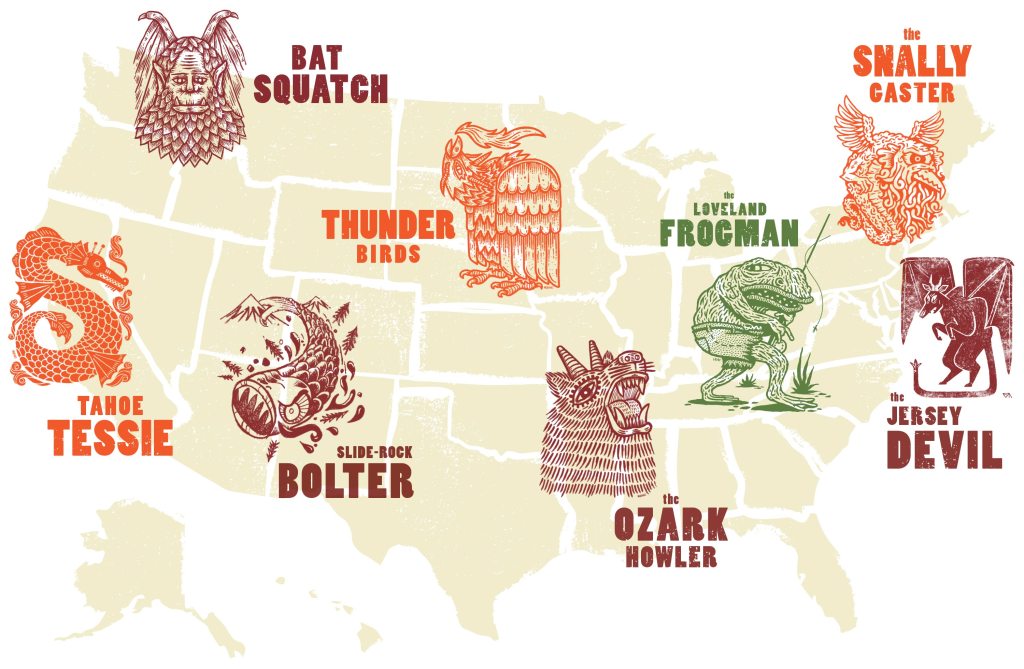
Batsquatch
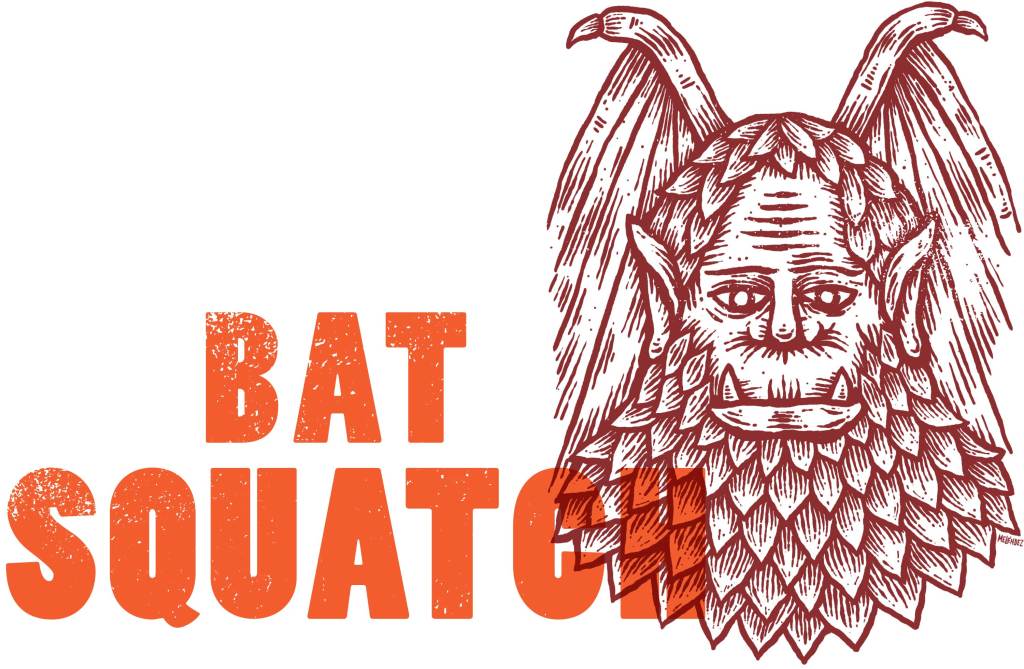
The first sighting of Batsquatch occurred shortly after the Mt. St. Helens eruption in May of 1980—leading many to believe that it came from an area deep inside the mountain where it had been living for thousands of years. Forced out of seclusion, the Batsquatch searches the mountains of the Pacific Northwest for a new home, away from humans and Bluetooth speakers. Use extreme caution while exploring mountainous areas and try to avoid playing any swamp rock. Batsquatch hates swamp rock.
Tahoe Tessie
Tahoe Tessie is an ancient water creature first documented by the Washoe and Paiute tribes in the mid-1800s. Said to live in an underwater cave underneath the sacred Cave Rock, Tessie was released into Lake Tahoe during the construction of the Cave Rock Tunnel in 1930. Her smooth black skin helps her avoid being seen while hunting at night. Her diet consists entirely of skinny dippers—whom she finds equally repulsive and delicious.
Ozark Howler
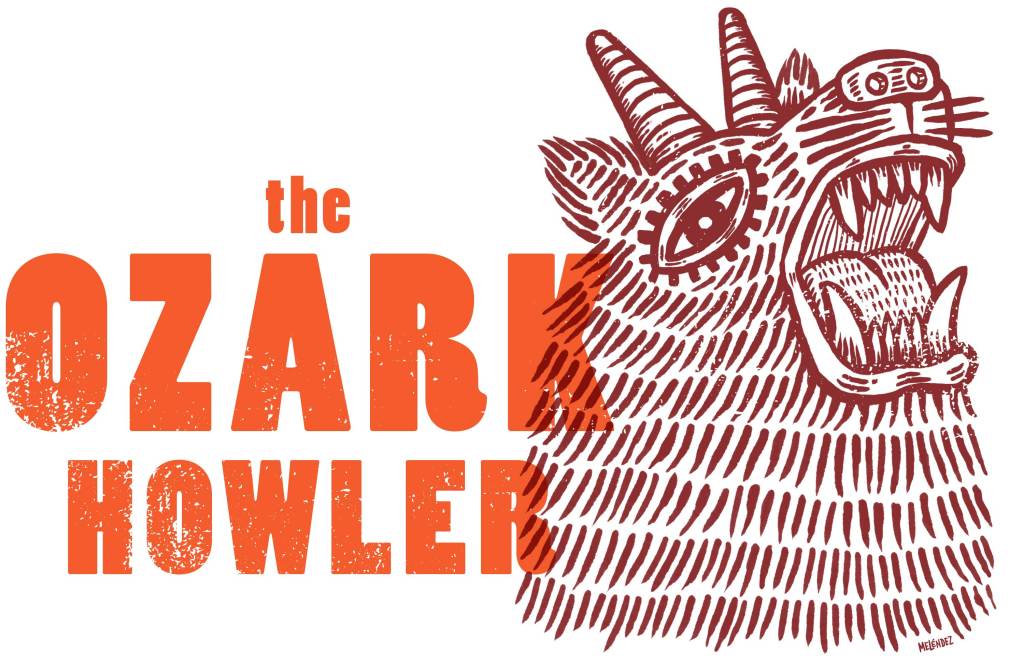
The Howler gets its name from the legendary cry that has haunted remote parts of Arkansas, Texas, Oklahoma and Missouri. The creature that it belongs to is said to be the size of a bear with long shaggy fur and twisting horns. According to reports, the unforgettable call sounds like a combination of drinking too much Irish coffee and a very loose understanding of Icelandic pop music.
Loveland Frogman

Since 1955, The Loveland Frogman has been sighted numerous times in the hills north of Cincinnati, along the Little Miami River. Described as 3 to 4 feet tall and armed with foreign wands, these bipedal amphibians stay close to the water, and convene under the many bridges that cross the river. While mild-mannered by nature, the Frogmen hate selfies. Please refrain from participating in any self-photography while recreationing in southwest Ohio. Selfie sticks will be eaten.
Jersey Devil
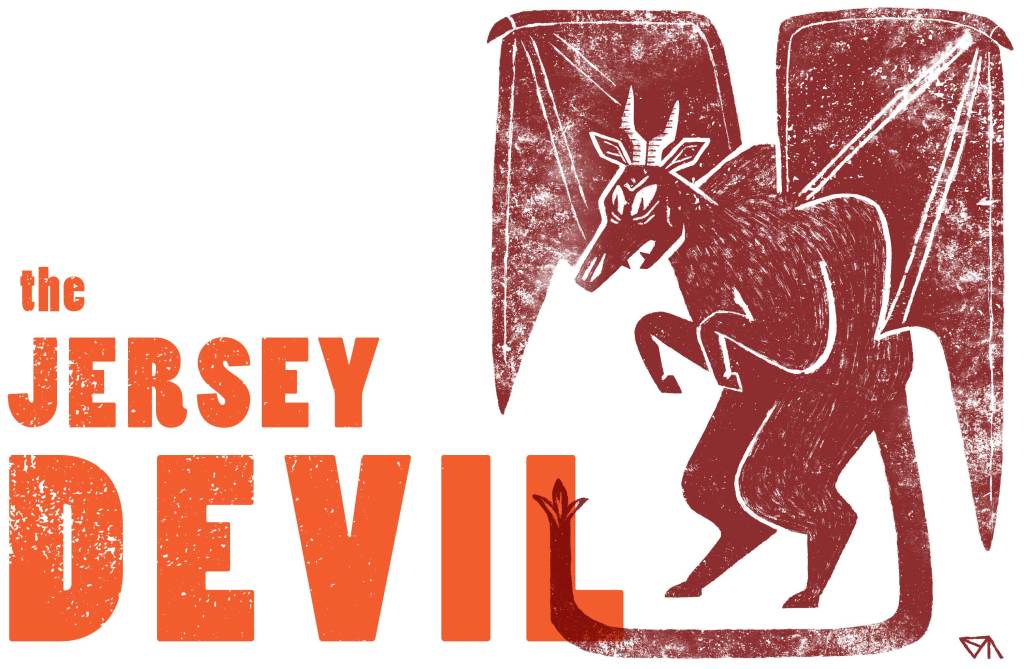
The legend of the Jersey Devil has haunted the mythical Pine Barrens of Southern New Jersey since the 1700s. The head of a goat sits atop a seemingly random hodgepodge of hoofs, wings and horns—accompanied by a forked tail and a scream made famous over the centuries. Despite its distressing appearance and the fearful nature of its behavior, the Jersey Devil is said to be very self-conscious, likely due to unrealistic ideals perpetuated by the fashion media. Locals and travelers are advised to avert their eyes and avoid judgy remarks.
Slide-Rock Bolter

The steep mountainsides of Colorado have long been home to a prehistoric creature that feeds on tourists dressed in obnoxious colors. The Slide-Rock Bolter is an enormous fishlike rock creature that lays in wait on slopes of 45° or steeper—perfectly camouflaged to the surrounding rock formations. When an unsuspecting tourist or party of teenagers passes below, the Bolter slides down the side of the mountain with its mouth open, devouring anything in its path. If encountered, it’s already too late.
Snallygaster

The early German immigrants of the 1730s were the first to witness the horror of the “Schneller Geist,” meaning “quick ghost” in German. Described as half-siren, half-ghoul, half-dragon, the Snallygaster is 150% icky. Seven-pointed stars will offer some protection, but the Snallygaster is somewhat of a foodie, so in order to avoid an encounter, potential campers should plan to eat all of the good food on the first night. Avoid peach cobbler at all costs. It reminds him of his mother.
Thunderbirds
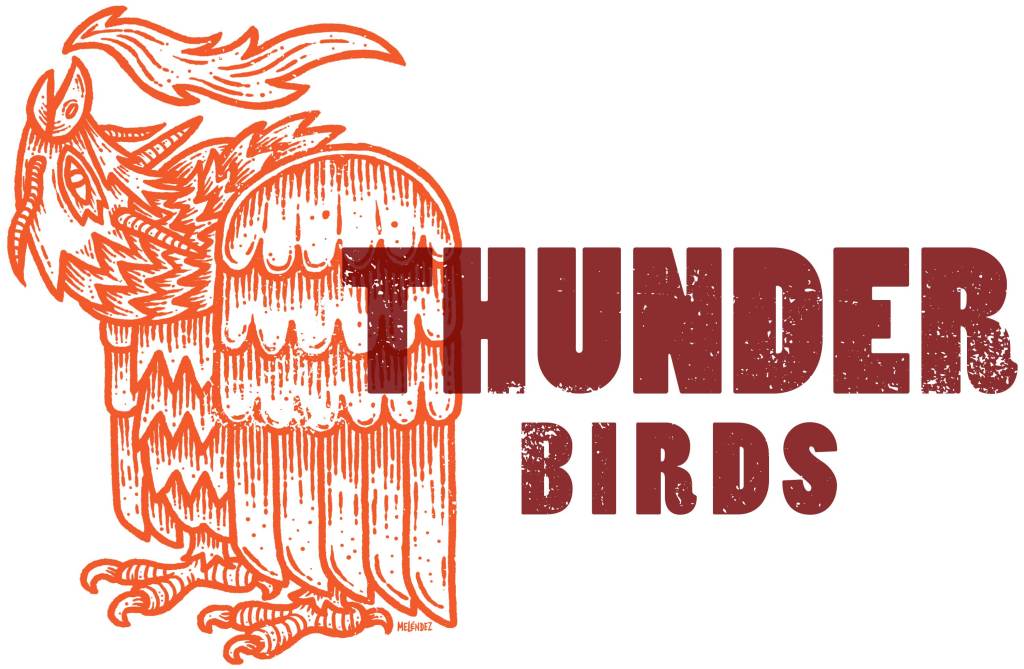
No one knows how long the Thunderbirds have been patrolling the high skies of the American Midwest, but their presence seems to predate the written word. The wingspan of the Thunderbird exceeds 18 feet, and their enormous size has caused people to mistake the birds for small airplanes. Sightings in Illinois and Missouri have been confirmed, both occurring after someone threw Styrofoam in the campfire. In the interest of avoiding the destruction of the human race at the hands (thunder talons) of a giant immortal bird, please refrain from burning any plastics or other toxic materials.
Knowledge is power, but legendary monsters are unpredictable. Go to REI.com or stop by your local REI Co-op to stock up on the latest gear for your next venture into monster country.
